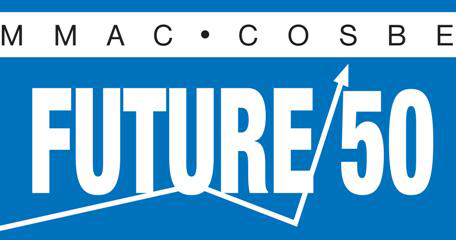The Total Addressable Market Database (TAMdb) encompasses your total addressable market data within a CRM database. The goal is to create a deep understanding of the TAM, thus allowing you to determine and focus your efforts on your most valuable target markets.
Goals
- Create a single source of truth database that is continually maintained and improved upon
- Identify and quantify TAM revenue opportunity
- Enable sales strategy and marketing campaigns
- Enhance sales effectiveness and your company’s bottom line!
Revenue Measurements
- Greenfield Opportunity (estimate of revenue potential within your prospect base or TAM)
- Whitespace Opportunity (the upsell or cross-sell potential within your current customer base)
Prospect and customer record completeness and accuracy are key to success. At a minimum, this means including the basic contact and demographic information such as name, addresses, direct phone numbers, key contacts. Build out an Account profile that includes the specific data points you need to run effective algorithms. You need to include data points required to initially qualify a prospect. Remember, you want to use readily available data points whenever possible. If your algorithm relies on data points you have only captured on a small number of records, this exercise will not be effective. Additionally, ongoing maintenance is key to ensure the ongoing ROI of this undertaking.
Once your data structure is determined, create your algorithms:
- Probability to Buy– create and utilize a scoring algorithm that reflects the product’s fit and a prospect’s or customer’s likelihood to buy your product or service offering. The details of your algorithm may vary widely from another company’s. This will be unique to your business. Start simple, your goal is to reduce the noise for sales and allow marketing to be more targeted in their approach. Your scoring algorithm should produce an A/B/C type ranking. You can continue to hone your algorithm over time as you learn more about your TAM segments.
- Greenfield and Whitespace Opportunity– Utilize algorithms to determine potential opportunity revenue as MRR or ACV.This will be based on product/service fit, company size or revenue and how you price your offerings.
The above algorithms should be separate from one another. Large opportunity does not equate to a higher ranked account. For example, you could have a large greenfield opportunity amount on a prospect account that is ranked as C (not very likely to buy). This approach allows you to identify the most lucrative opportunities – high opportunity $ paired with high probability to buy!
Keep your data current, and you can refresh these ranking live within your CRM, or minimally on a quarterly basis if your algorithm needs to run externally.
Once you have these rankings and potential values established, you can create more effective sales territories. Balance your territories by distributing A/B/C accounts as well as potential value to ensure fair opportunity across your sales teams. These rankings will also allow you better insight into right-sizing your sales teams. Target the majority of your sales and marketing efforts towards the higher ranked accounts with sizable opportunity estimates.


